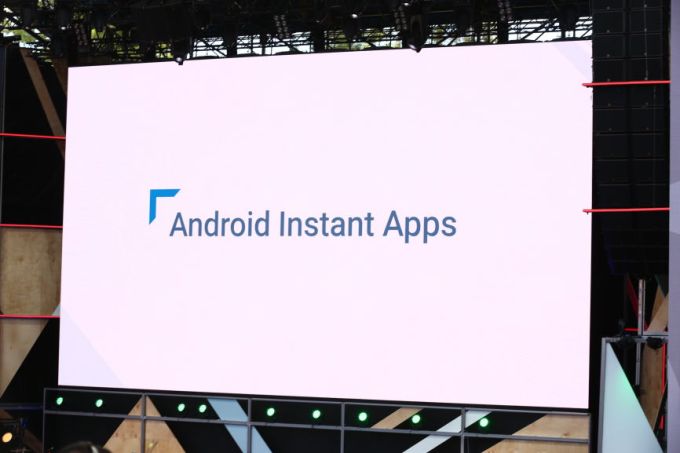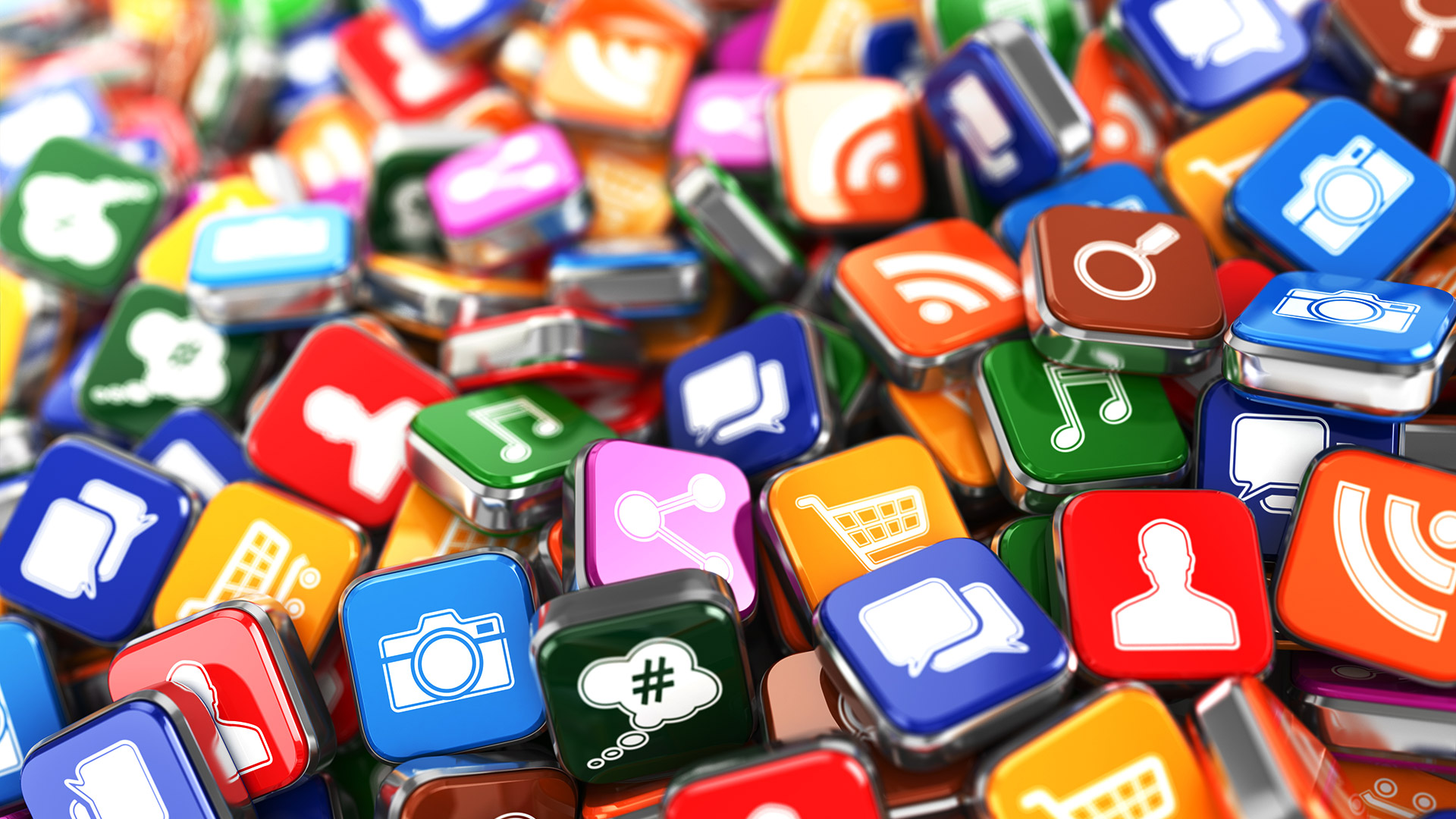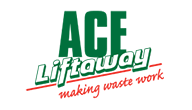Over 23% Of Users Dropped An App After Single Use
Posted on June 6, 2016 by Jay Jones
Almost 1 in 4 users or 23% of the users, identified from over 2.7 billion devices and 37,000 mobile applications, abandoned an app after a single use in 2016.
Research by analytics firm Localytics suggested that last year that number stood at 25%. Even though there was a drop in the number of people ditching an app after the very first usage when compared to last year, the study says, “not enough has been done to match what consumers want and restore apps to the success of just a few years ago”.
These days, 23% launch an app only once mainly due to curiosity, an improvement over previous years, but only slightly.
On iOS, user retention saw some slight improvements. The percentage of those only opening apps once fell to 24% from 26% last year, and those who return to apps 11 times or more grew to 36 percent from 32%in 2015.

In particular, apps in the middle stage of their growth (between 15,000 and 50,000 monthly active users), saw the strongest lift with retention and abandonment, the report also noted. This is attributed to these apps’ use of push notifications, in-app messages, email, and remarking. While push notifications have always been cited as a way to retain users, in-app messages also have a notable impact – these messages improve users retention to 46 percent, the study found.
17% will only use the app once if they see an in-app message, but those not using messages see 26% of users abandoning the app after one session.

Though some minor improvements were seen, the data overall is troubling as it what it means to be an app developer today. It also comes following a series of reports on the app economy’s pitfalls, from the saga detailing the downturn for one top app developer, Pixie, which saw revenues decline by a third last year, to a more detailed analysis of why the app economy is broken, citing issues like discovery, lack of disk space, the installation process, and more.
Even investors are shying away from app companies. As Union Square Ventures’ Fred Wilson wrote late last year, “it’s not an easy time to build consumer-facing mobile companies. It is not an easy time to invest in them either.”
The good news – if there is any here – is that the problem with apps has led to new ideas about how apps should work.

Locals credit the improved usage trends on iOS to the “overall app experience on iOS devices”. Features like multitasking, split-screen and allowing notification to be presented in a chronological manner rather than grouping them app-wise, have helped improve user engagement on iOS, added the study.
Android should be catching up this year: Even though iOS depicted a better user engagement, we believe Google’s Android platform might display the same trend for the rest of this year. During this year’s Google I/O conference, the company launched Android Instant Apps, which allows users to instantly load native mobile apps or apps available on the Android Play Store without having them installed on a smartphone. A user can do this by just clicking on a URL and the external link will directly load the app onto the phone. Developers will have to partition their apps into bits of executable pieces, which is put together when one click on an Instant App link
Mid-level apps had better user engagement: Apps in mid-stage of growth between 15,000 and 50,000 monthly active users showed an improved user engagement. The percentage of users launching an app just once fell from 31% in 2015 to about 28% in 2016. On the other hand, the percentage of users returning to an app 11 or more times increased from 23% in 2015 to about 28% in 2016.
In-app messages drive user engagement: Apps using some kind of a default “in-app message” feature witnessed 46% of their users come back 11 or more times, while apps that did not have an in-app strategy saw that number drop to 36%. Additionally, 17% of users launched an app once if they see an in-app message, while apps without in-app messages had a higher 26% of its users abandoning the app after one session.
What are your thoughts on apps and how they benefit business? Are you looking and need help for yours or getting one built? Speak to us.











































